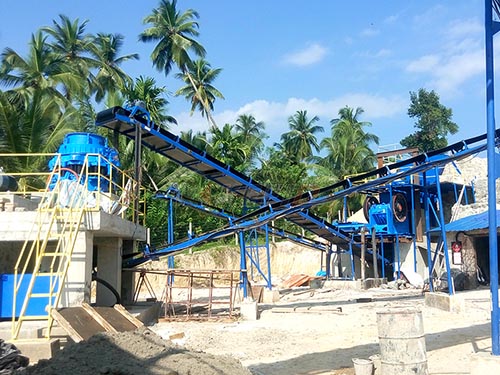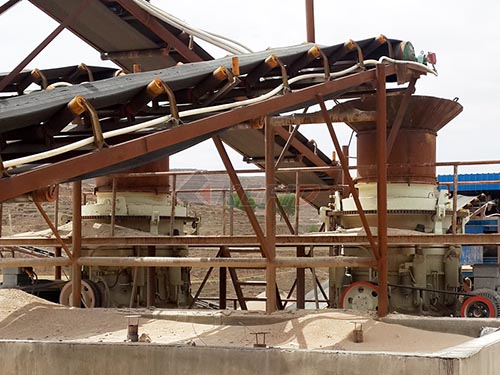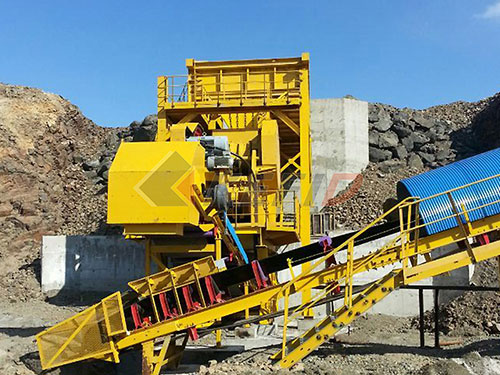
Understanding Crushers: Machines for Material Size Reduction
Crushers are fundamental workhorses across numerous industries, from mining and quarrying to recycling and construction. Their primary purpose is simple yet vital: to reduce the size of large rocks, ore, concrete, or other materials into smaller, more manageable pieces or specific particle sizes. Choosing the right crusher type is critical for operational efficiency, product quality, and cost-effectiveness. Here’s an overview of the most common types:
1. Jaw Crushers:
Principle: Employs two vertical jaws – one fixed and one moving in an elliptical motion. Material is fed into the top and crushed as it moves down through the progressively narrowing space (crushing chamber) between the jaws until small enough to exit at the bottom.
Application: Primarily used for primary crushing (the first stage of size reduction). Excellent for hard, abrasive materials like granite, basalt, and concrete. Capable of handling large feed sizes.
Output: Produces relatively coarse aggregate. Particle shape can be angular.
Features: Robust construction, relatively simple design, high capacity.
2. Gyratory Crushers:
Principle: Similar conceptually to jaw crushers but features a conical head gyrating within a larger conical bowl. The gyratory motion continuously compresses material against the concave bowl liner as it travels down.
Application: Primarily used for high-capacity primary crushing in large mines and quarries handling very hard rock or ore. Often favored when very high throughput is needed.

Output: Similar to jaw crushers – produces coarse product.
Features: Very high capacity (higher than jaw crushers for equivalent feed openings), continuous operation (less cyclical than jaw crushers), higher initial cost and complexity.
3. Cone Crushers:
Principle: Material is fed into the top and falls into a rotating mantle (cone) that gyrates eccentrically within a stationary concave bowl liner (mantle). Crushing occurs through compression as material is squeezed multiple times between the mantle and concave as it travels down.
Application: Primarily used for secondary, tertiary, and even quaternary crushing stages after primary crushing. Ideal for producing finer aggregates or sand from medium-hard to very hard materials.
Output

Leave a Reply